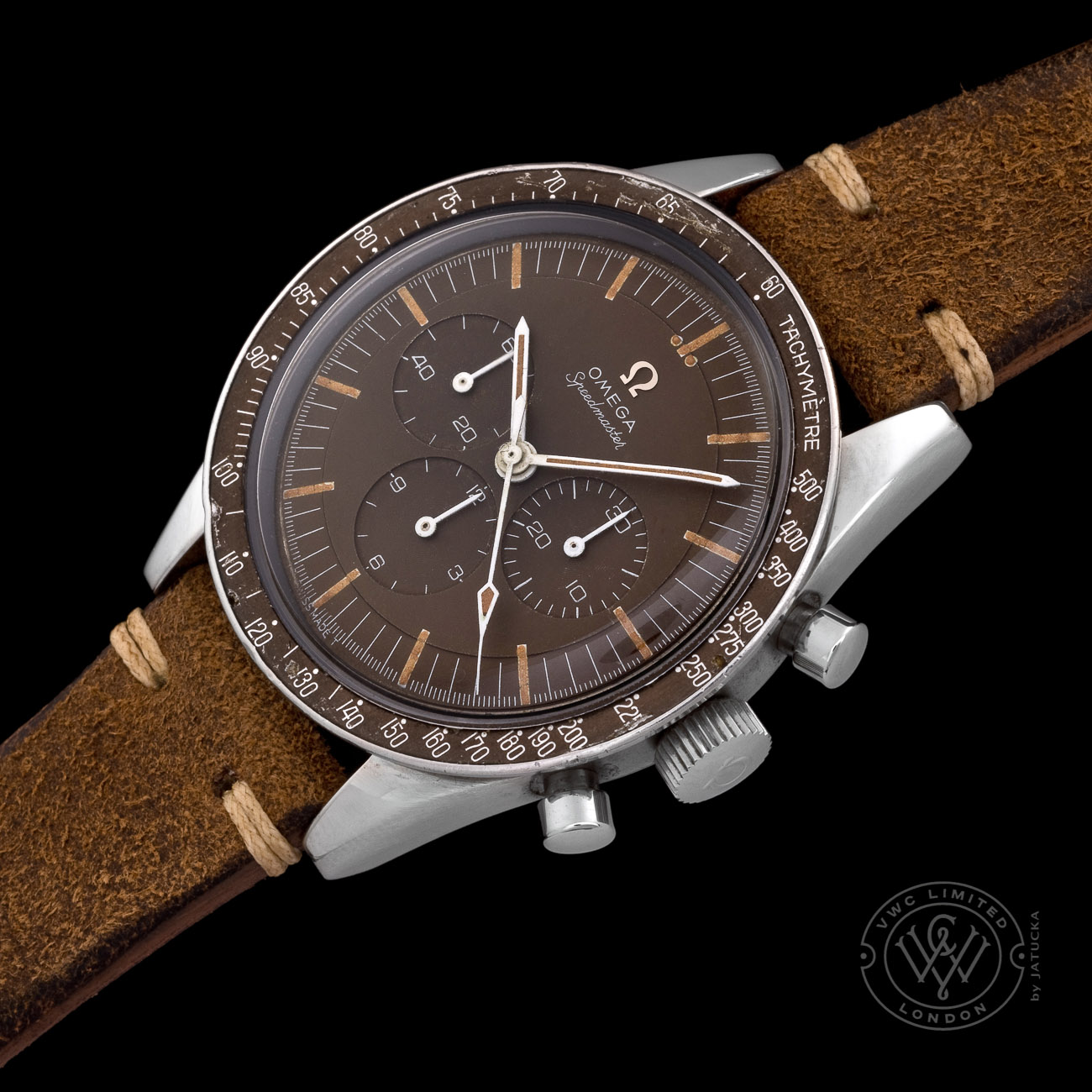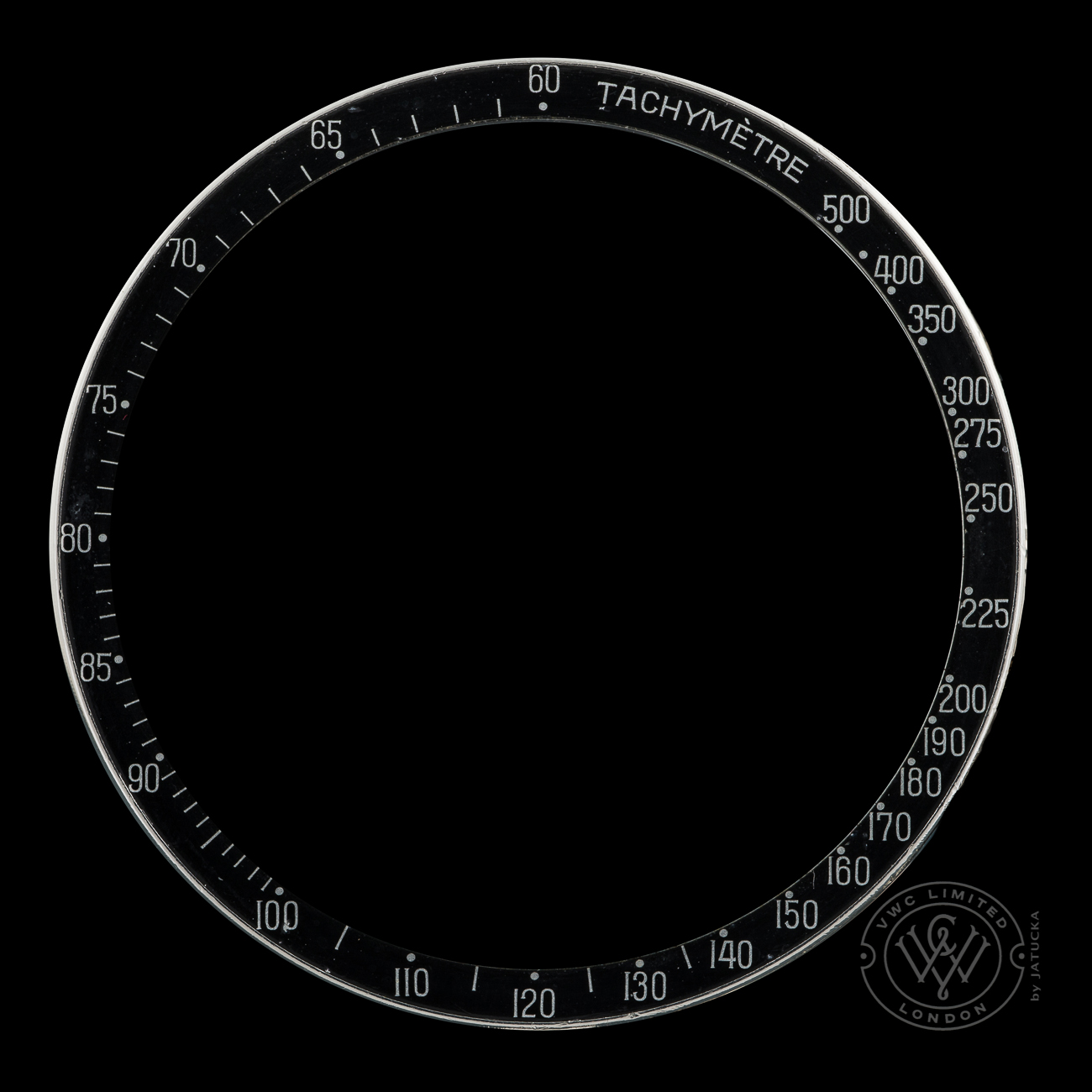
SPEEDMASTER AND SPACE: HISTORY AND TECHNIQUE OF REFERENCE 105.003
0
The decade following the end of the Second World War sees an important phenomenon arise and develop which will have enormous social, political and economic repercussions on a global scale for over 3 decades.
We are talking about the Cold War, that is the constant and harsh contrast between the 2 great winners of the Second World War: the United States and the USSR.

With completely opposite ideologies, since the end of the Second World War these two superpowers began to try to impose their respective ideas both by influencing the public opinion and by directing the action of national political parties of different states through policies of influence and actions of propaganda.

Fortunately, this contrast never resulted in a real direct armed conflict between the two superpowers, both in possession of a large number of nuclear weapons.
Probably it was precisely the nuclear deterrent, that is the certainty of a mutual destruction due to an attack and counter-attack with weapons of mass destruction, to avoid the conflict.

The cold war officially ended with the collapse of the USSR in the late 80’s, even though ancient disagreements and bitter contrasts between the United States and the modern Russia are often seen also today.
As mentioned above, this conflict never resulted in a real war between the two sides.
However, in many fields including technology, the continuous desire to impose on the enemy led to a real competition to excel and thus support one’s vision and conception of the world.
One of the most well-known and important technological challenge fields of the two superpowers was certainly the so-called SPACE RACE.

SPACE RACE refers to the competition between the USA and the USSR that took place since the late 1950s for the conquest of important results in space exploration.

That period was a chase of enormous successes and inevitable failures of both sides that contributed in equal measure to enormously increase the technological level of the whole world, changing it forever.
Launches of orbiting satellites, launches of living creatures in space, spacewalks and ultimately the lunar landing were and still are extraordinary events for all mankind.
Speaking of space travels, the watch enthusiasts cannot fail to remember how much the Omega Speedmaster has been a protagonist of this exceptional series of events.
The Speedmaster, produced since 1958 with the reference 2915, marks for the first time its historical presence in space on the wrist of the astronaut Walter Schirra with the second marketed reference: the 2998.
An exceptional example of the first Speedmaster produced : reference 2915

NASA that in those years was still preparing the space project had not yet chosen an official watch that would equip all its astronauts.
So the first American astronauts independently started looking for a mechanical watch, easily readable and with the chronograph function, which in case of failure would have had to replace the on-board electronic devices for time measurement.
Wristwatches were also useful to astronauts for timing extravehicular activities, photograhic esposure, purging of combustion cells, all activities of relevant importance in space exploration.
After evaluating the various alternatives on the market, the group of astronauts that included Walter Schirra and Gordon Cooper among others chose and privately purchased the Omega Speedmasters, then available in version 2998.
An example of 2998, the Speedmaster reference available for purchase to the public in 1962.

During the Mercury-Atlas 8 (Sigma 7) mission of October 3, 1962, the Speedmaster first arrived in space on the wrist of the astronaut Walter Schirra.
The Astronaut Walter Schirra wearing his Speedmaster reference 2998 (pic courtesy Fratello Watches).

The story of the Speedmaster in space missions did not end with SCHIRRA’s mission, indeed this was only at the beginning and still to be written.
A few years later, in 1964, NASA finally decided to officially proceed with the evaluation and choice of the watch for all the space missions in preparation, a watch that would later become an inseparable travel companion of the astronauts on their flights to the unknown.
The person in charge of this project was James Ragan, the chief engineer of a team responsible for choosing all the astronauts’ equipment.
James Ragan, the engineer responsible for testing the Astronauts equipment (pic courtesy Speedywatches.com).

Ragan and his team projected a series of 11 tests that the watches would undergo.
These tests were intended to evaluate the watch’s resistance to high and low temperatures, humidity, corrosion, vacuum, shocks, acceleration, pressure, vibrations and even sound waves.
Incredibly only 4 brands answered NASA’s call: Hamilton, Rolex, Omega and Longines.
Omega sent the Speedmaster Ref 105003 through its American distributor Norman Morris to participate in the tests listed above.
None of the watches came out unscathed from this tough series of tests, some stopped, others were deformed or lost pieces, the only one that despite everything continued to work was the Speedmaster reference 105.003 which was therefore chosen and certified by NASA as the one and only official watch of the GEMINI and APOLLO missions on the 1st March 1965.
The Speedmaster 105.003, which became the official watch for NASA’s space missions, a few weeks later will be on the wrist of astronauts Virgil Grissom and John Young during the Gemini III mission.
These astronauts were the first to have Speedmasters as official equipment on their mission in space.
Astronauts Virgil Grissom and John Young. Young is wearing a Speedmaster on his left wrist (pic courtesy NASA archives).

However, who made the link between the Speedmaster and the space missions unbreakable was the astronaut Edward White, who on June 3 1965 in the Gemini IV mission took the first extra vehicular space walk (EVA) carried out by a US astronaut with a Speedmaster reference 105.003 on his wrist.
Ed white, the first USA astronaut to achieve an extra vehicular activity. On his left harm it’s clearly noticeable a Speedmaster strapped to the spacesuit (pic courtesy NASA archives).

This fact is so well known in the Omega enthusiasts community that the reference 105.003 is often nicknamed “Ed White”, precisely because of the connection with the astronaut protagonist of this extraordinary event during the Gemini IV mission.
A picture of Astronaut Edward White during the Gemini – Titan 4 mission. White died prematurely on January 27, 1967, alongside astronauts Virgil “Gus” Grissom and Roger B. Chaffee in a fire during prelaunch testing for Apollo 1 at Cape Canaveral (pic courtesy NASA archives).

Although on the wrist of the astronauts of the Apollo XI moon landing mission there will be the most modern references 105.012 and 145.012, it is obvious that the 105.003 is considered one of the most important and decisive references in the whole Omega Speedmaster production.
It is indeed the Speedmaster 105.003 that successfully passed the rigorous NASA tests and it is always the reference 105.003 that became the first Speedmaster to be formally worn as an official watch by NASA astronauts, moreover during the first US spacewalk.
The Speedmaster 105.003 is not only important for Omega on a historical level, but also from a purely technical point of view.
An original ad depicting references 105.003 and 105.012

Speedmaster enthusiasts agree in saying that some of the reference 105.003 peculiar transitional characteristics mark a decisive step of change in the whole Speedmaster production.
An extremely rare brown color changed dial Omega Speedmaster reference 105.003.

Let’s now technically analyze reference 105.003 in order to clear out its most revelant characteristics.
The Speedmaster reference 105.003 is the direct successor of the previous reference 105.002ST.
The latter is nothing more than a reference 2998 with a modified name for the new MAPIC coding system adopted by Omega in those years.
The previous Speedmaster reference : 105.002.

Reference 105.003 is the last Speedmaster to be equipped with the straight lugs case
A comparison between the case of reference 105.003 and a later Speedmaster model with the more recent twisted lugs case.

Every 105.003 specimen has the white baton hands mounted and, aside from some extremely rare 105.012 first batch specimens, it is the last Speedmaster not baring the word “Professional” printed on the dial.
A side by side comparison of reference 2998 and reference 105.003

Macro shot showing “Professional” and not “Professional” Speedmaster dials.

The reference 105.003 was produced from around 1964 to 1969 in about 16000 pieces in a few different production batches.
The following picture shows an extract from Omega archives stating as date of production of the pictured 1005.003 January 31 1969 (pic courtesy of Vision Vintage Watches).

The correct movement numbers for this reference are between 20 and 26 million and, of course, the only correct caliber for the watch is the famous Lemania-based Omega 321.

Other important elements to evaluate when looking at a 105.003 are the following:
The correct Speedmaster bezels are those with the accent on the first E of TACHYMETRE and the dot above the number 90.
The correct bezel for a Speedmaster reference 105.003.

Recall that after the end of the 60s Omega changed the graphics of the tachymetric bezels by moving the dot from above to the side of the number 90.
Here an explanatory example of the differences between these two types of tachymetric bezels.
On the left the correct bezel for Speedmaster reference 105.003, on the right a more modern one.

The external casebacks are identical in the various production batches and portray the classic hippocampus together with the Omega logo and the Speedmaster writing.
The typical 105.003 external caseback.

The internal casebacks differ for the year of production and for the symbol of the case manufacture.
105003-63 caseback.

105003-64caseback.

105003-65 caseback.

A summary of the internal and external casebacks of reference 105.003.

The correct dials for 105.003 are essentially 3 : high Swiss made, high Swiss made with T added, definitive TswissmadeT.
The general graphics of these 3 dials, except for small micro graphic differences, are substantially identical except for the mentioned variations in the indication of the luminescent material at 6 o’clock.
High swiss made no T dial.

High swiss made with T dial.

The definitive tswissmadet 105.003 dial.

A summary of 105.003 dials.

Macro shot of the luminous material indication.

The reference 105.003 in some rare specimens of the last production batch in 1965 is referred as 145.003 in the Omega extracts from the archives.
However, only in some very rare and uncommon specimens the reference 145.003 also appears engraved in the caseback.
A double engraved reference 105.003 / 145.003 (pic courtesy Omega Forums.net)






